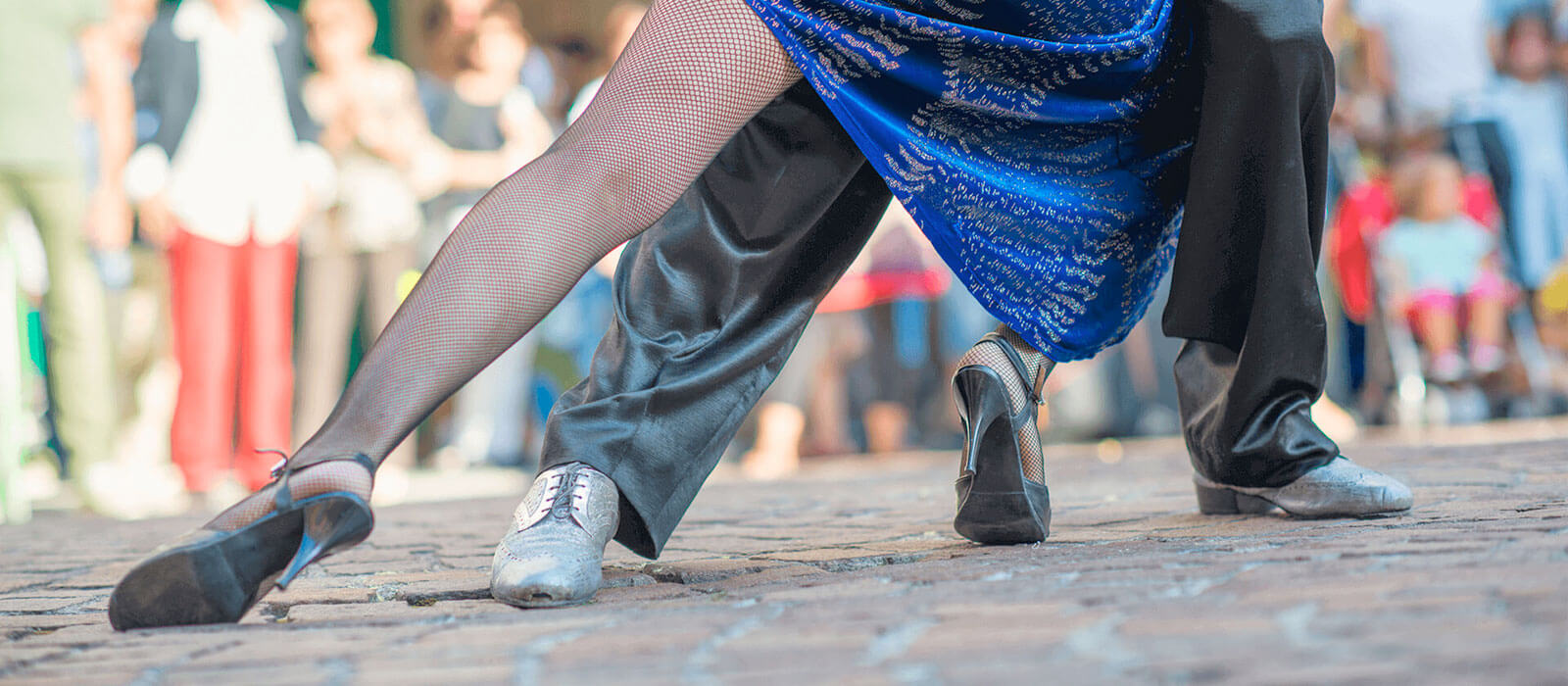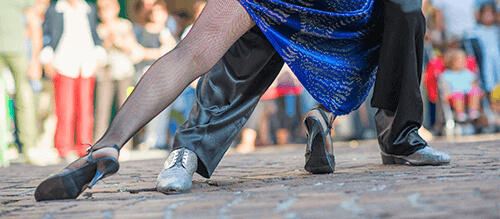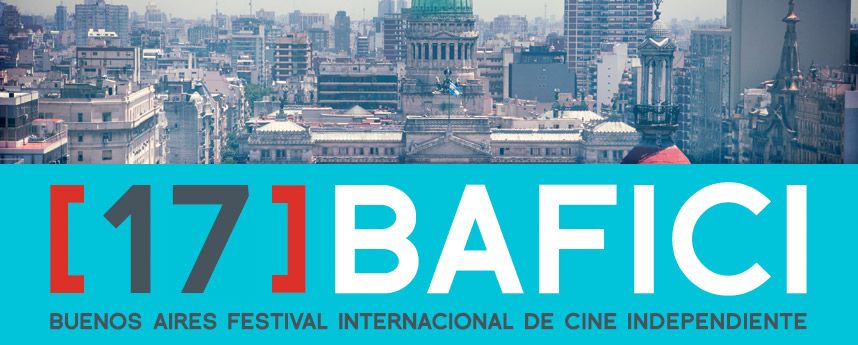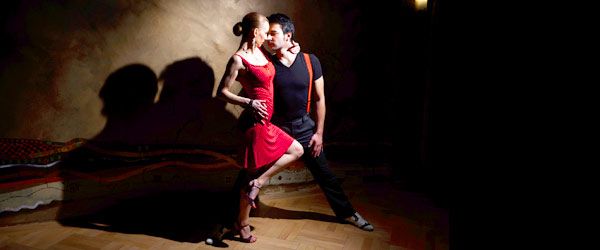Spanish Culture: Art in Argentina | donQuijote's blog





In today's post, we roll out the red carpet and put on our best outfit to talk about films in Spanish that have won an Academy Award. Set your Spanish homework aside and put your listening skills into action by watching these cultural touchstones.
Did you know that the first Hispanic Academy Award-winning director (from outside the US) earned his statue for a movie that was filmed mostly in French, not Spanish? The Spanish filmmaker Luis Buñuel had to shoot the 1972 film The Discreet Charm of the Bourgeoisie (French: Le Charme discret de la bourgeoisie) in France due to the censorship in force during the Franco dictatorship. Hence, the Spanish language had to wait until the early 80s.
Enjoy this post in Spanish if you prefer.
Remember also that the new awards season is beginning, and with it, all the film festivals in Spain... do not miss the best premieres!
Academy Award-winning films in Spanish
Director: José Luis Garci.
Cast: Antonio Ferrandis and Encarna Paso.
Begin the Beguine tells the moving story of a prestigious writer, winner of a Nobel Prize, who returns to Gijón (Asturias, Spain) to die in his hometown after many years of exile.
The movie won the first Oscar for a Spanish-language film in 1983 (Best Non-English Language Film), an international recognition that opened the door for Spanish to make its way into Hollywood.

Director: Luis Puenzo.
Cast: Norma Aleandro, Analía Castro, and Héctor Alterio.
The Official Story (1985) was the first Latin American film to receive the valued statuette (Best Non-English Language Film). It is a cinematographic work that takes us to the last days of the Argentine military dictatorship (1976-1983). In the film, Puenzo depicts a country in crisis after the loss of the Falklands in 1982; a nation going through the final stage of an oppressive regime that led to the “disappearance” of thousands of people.
The plot takes place between the house of Alicia, Roberto, and Gabi (the main characters of this story) and the high school where Alicia teaches Argentine History classes. In this way, the home is linked to the family atmosphere of the time, while the educational center represents the Argentine sociopolitical sphere.
Director: Fernando Trueba.
Cast: Miriam Díaz Aroca, Penélope Cruz, Ariadna Gil, Fernando Fernán Gómez, Jorge Sanz, and Maribel Verdú.
Although Belle Époque was canceled three times due to lack of budget, the film was finally shot in Portugal to reduce costs. The movie won the Oscar for Best Non-English Language Film in 1993.
According to Trueba himself, Belle Époque represents a "bright and cheerful vision of Spain," “something we were not used to in 1992." It tells the story of a young man named Fernando who arrives in a small Spanish town in 1930, just before the proclamation of the Second Spanish Republic. After deciding to leave the army during the Jaca uprising, the handsome soldier is taken in by a widowed artist who has four daughters with very different personalities.
Director: Pedro Almodóvar.
Cast: Cecilia Roth, Marisa Paredes, Penélope Cruz, Candela Peña, and Rosa María Sardá.
All About My Mother tells the story of Manuela, a mother who, after losing her son the day he turned 17, returns to Barcelona to find the boy's father. During the trip, we enjoy a tragicomedy in the purest style of the Spanish director, suffering the pain along with Manuela.
In the end, Almodóvar received the Oscar (Best Non-English-Speaking Film) from his muse Penelope Cruz, an iconic moment that went down in Spanish film history.
Director: Pedro Almodóvar
Cast: Javier Cámara, Darío Grandinetti Leonor Watling, Geraldine Chaplin, and Rosario Flores.
Four years later, Almodóvar won the Academy Award again, but this time on a larger scale. For the first and only time in history, a Hispanic film won an Oscar under one of the main categories: Best Original Screenplay. The director also broke his own mold with this film by shooting with two male characters, in defiance of those who said that he was only able to direct women.

Talk to her tells the story of two men who fight against loneliness as they care for the women they love: both are in a coma. Benigno is a nurse who has fallen in love with a dancer who is in a coma after an accident. In the meantime, Marcos looks after his girlfriend, who undergoes the same situation after being gored while bullfighting.
Director: Alejandro Amenábar.
Cast: Javier Bardem, Belén Rueda, and Lola Dueñas.
This movie put on the table the debate on the use of euthanasia and assisted suicide for people with irreversible or terminal illnesses. The Sea Inside tells the real story of Ramón Sampedro, who, after a tragic dive into the sea, remains bedridden for the rest of his life. After three decades in these conditions, claiming his right to die, he succeeds with the assistance of his lawyer and a close friend and neighbor.
Alejandro Amenábar won the Oscar for Best Non-English Language Film in 2005.
Director: Juan José Campanella.
Cast: Ricardo Darín, Soledad Villamil, Pablo Rago, and Javier Godino.
Benjamín Espósito is an official who used to work at a Criminal Court in Buenos Aires and has just retired. He is obsessed with a crime he witnessed 25 years ago and decides to write a novel about the murder. During the creation process, he also recalls a past and not forgotten love.
This is a thriller with a captivating plot and high technical quality. The Secret In Their Eyes won the Oscar for Best Non-English Language Film in 2010, the second Academy Award for Argentina’s film industry.

Director: Sebastián Lelio.
Cast: Daniela Vega and Francisco Reyes.
A fantastic woman was the second cinematographic work to receive the golden statuette in the history of Chilean cinema, after the animated short film Historia de un oso (2014). It won the Oscar in 2018 in the category of Best Non-English Language Film.
The plot focuses on Marina (a young waitress who wants to be a singer) and her partner, Orlando, twenty years older than her. One day, Marina has to take Orlando to the emergency room, where he dies in her arms. Then, she must face the rejection of Orlando’s social circle due to her transgender identity.
To sum up, Spanish language movies have plenty of reasons to be proud. From Luis Buñuel to Pedro Almodóvar, Spanish speakers started winning the hearts and earning the praise of Hollywood film critics and audiences in the second half of the 20th century and have been reaping success ever since. This year it’s Almodóvar’s turn again…we wish him all the best with his film Pain and Glory (2019), which has been selected by the Spanish Academy as its submission for the international feature film Academy Award.
If you want to learn more about Spanish and film, we encourage you watch this video with some of the funniest Spanish translations of classic movie titles.

Buenos Aires is flooded with film lovers in April - that's because it's film festival time! The Buenos Aires International Festival of Independent Film, is also known by its Spanish acronym BAFICI: "Buenos Aires Festival Internacional de Cine Independiente".
The 11-day film festival showcases the very best independent films and projects in cinemas and theaters in the cultural center of Buenos Aires, the downtown neighborhood of Recoleta.
BAFICI has been around since 1999 and is growing more and more each year. Last April was its 17th edition and as many as over a million people attended the festival. This film festival is known as one of the most important film festivals in the world by promoting independent film productions so that the most innovative, risky and dedicated films can be shown to the world. Especially for Argentine and Spanish films, BAFICI is a very important event.
BAL, the Buenos Aires Lab is one of the main institutions during the festival. This institution belongs to the city's Ministry of Culture and has a very strong international jury. The winner of BAL, gets to go to the Cannes Film Festival. This has been a tradition between the organizers of the Cannes film festival and of BAFICI for many years. BAL strives to support projects that have a unique character and a link to Latin American cinema. Films and projects that did not make it to the festival are also given a chance during CineMart, the Rotterdam film festival.
The BAFICI is a very popular event in Argentina but also among international film lovers. For visitors who do not speak Spanish, the festival offers Latin American films with subtitles. The festival also offers the chance to speak with producers, directors and actors about their films. During the Buenos Aires cinema event, several awards are handed out for best film, best director, best actor/actress and best script. There are also awards for "Film of The Future," Best Children's Film and a UNICEF human rights award. For many visitors, it is a sport to visit as many films and projects as possible during the festival. Consequently, it is completely planned out what is going to be seen. Tickets can often be bought online in advance, so be there on time. For true film and culture lovers, the Buenos Aires film festival is definitely recommended!

Tango originated in Argentina more than 100 years ago. To be precise, at the end of the nineteenth century in the working-class neighborhoods of Buenos Aires. Like flamenco, tango is not only and dance style but also a music style and a poetry style. There are two types of tango, Argentine tango and ballroom tango.
Argentine tango originated in the late 19th century when many European men went to Buenos Aires for a better life and work. These different nationalities all had their own input into tango. For example, the Spanish brought influences from flamenco and the descendants of African slaves knew the candombe, but Italians, Russians and other nationalities had also had their influences on tango.
All these influences created a confident, restrained, emotional and challenging dance. The most important thing in tango is the connection between the dance partners. Argentine tango is known for its improvisation. This ensures that no two dances are the same. The tango contains many tempo differences and sharp footwork. Because there is so much improvisation, making a mistake is not a problem as long as you improvise together with your partner. The basic steps of the tango are la caminada (the basic step), el paseo (the same basic step but with the partner together while moving) and la cadencia (the same as el paseo but without moving).
In the early 20th century, many members of wealthy families from Argentina came to Paris. This caused the tango to become popular in Europe. In Europe, however, the tango had many opponents. People considered the dance vulgar and vulgar. It even went so far that in 1923 the pope banned the tango in Europe! This caused the ballroom tango to emerge. You could think of the ballroom tango as the corrected version of the Argentine Tango. The ballroom tango was characterized by its tight music and the tango dance of this dance style was much tighter and less improvisation took place. This, together with the entrance of other music and dance styles, was the reason why the tango became less popular in Europe.
However, in the 1980s Argentine tango became popular again in Europe. This time there were no opponents of the dance and since then it is impossible to imagine Europe without it. In every major city in the Netherlands you can find a tango dance school.